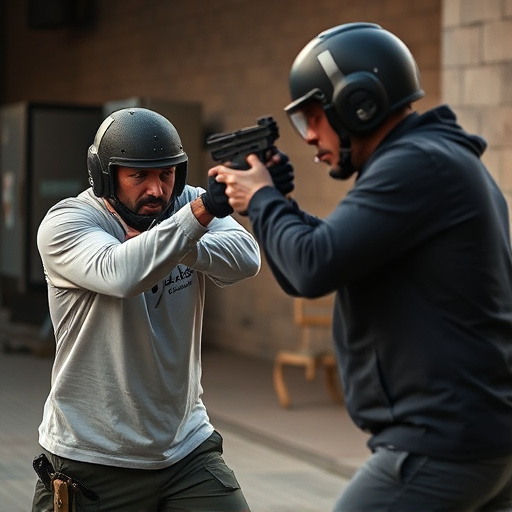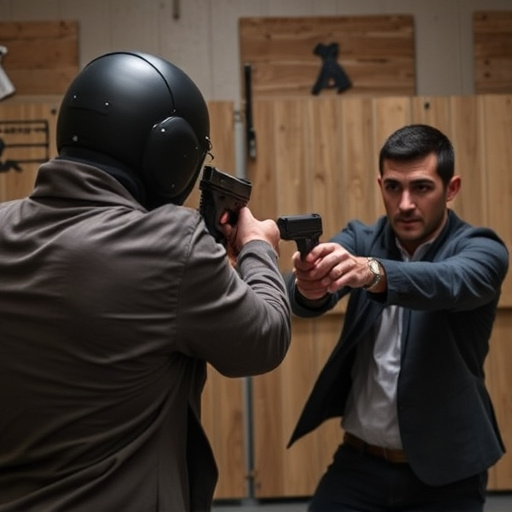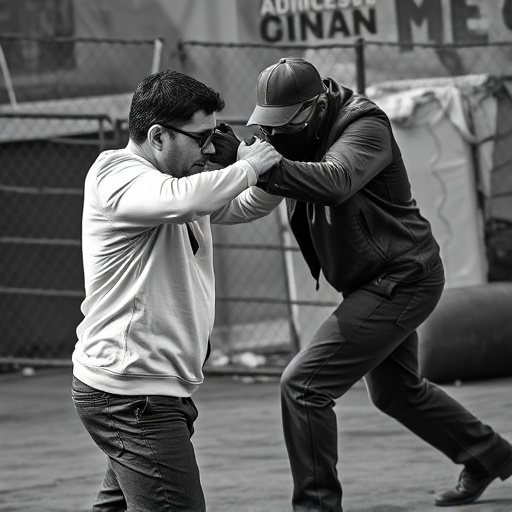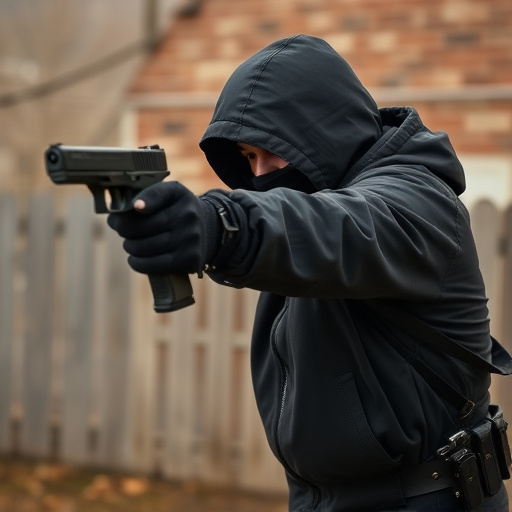The legality of compact stun guns with flashlights varies significantly across US states, with regulations affecting accessibility, carry options, and specific design features. Some areas allow permit-free carrying while others mandate licenses or registrations, and voltage restrictions exist for public safety. Understanding state-specific laws, safe storage, and use circumstances is crucial for legal compliance and personal security when owning a compact stun gun with flashlight.
“Unraveling the legal landscape of stun guns, this comprehensive guide offers a detailed look at state-specific restrictions. With a focus on compact stun guns featuring flashlights, we demystify regulations to empower informed decisions. From understanding regulatory frameworks to navigating your rights and responsibilities as an owner, this article is your go-to resource. Stay ahead of the curve by exploring how these powerful personal defense tools are regulated in your state.”
- Understanding Stun Gun Regulations: A Comprehensive Overview
- State-Specific Laws and Compact Stun Guns with Flashlight
- Navigating Legalities: Rights and Responsibilities of Stun Gun Owners
Understanding Stun Gun Regulations: A Comprehensive Overview

Stun guns, also known as electronic control devices (ECDs), are compact weapons designed to immobilize targets through electric shock. Their portability and ease of use make them a popular choice for personal protection. However, navigating the legal restrictions surrounding stun guns can be complex, as these laws vary significantly from state to state in the US.
Understanding these regulations is crucial before considering the purchase or carrying of a stun gun with flashlight, such as compact models that combine functionality. Each state has its own set of rules regarding who can possess and carry stun guns, where they can be used, and any restrictions on their design and features. Some states allow stun guns without a permit, while others require specific licenses or registrations. Additionally, certain areas have limitations on the voltage or power output allowed in stun devices to ensure public safety.
State-Specific Laws and Compact Stun Guns with Flashlight

In the United States, the legal landscape surrounding compact stun guns with flashlights varies significantly from state to state. While some states allow citizens to carry these self-defense devices without a permit, others have stringent requirements or outright ban their possession. It’s crucial for individuals considering purchasing a compact stun gun equipped with a flashlight to familiarize themselves with local laws. This is because state-specific regulations often dictate the types of stun guns legal for personal use, the permitted power output, and even where one can legally carry such devices.
Many states have recognized the growing popularity of compact stun guns as a viable personal safety measure, leading to more permissive legislation. Some allow them to be carried openly, while others permit concealed carrying with a permit or specific licensing. Certain states also exempt compact stun guns from certain restrictions that apply to standard stun guns or pepper spray. However, there are notable exceptions and variations within these broadly permissive categories. For instance, some states have restrictions on the power output of stun guns or the type of flashlight allowed. Understanding these nuances is essential for ensuring compliance with local laws and maximizing personal safety.
Navigating Legalities: Rights and Responsibilities of Stun Gun Owners

Navigating Legalities: Rights and Responsibilities of Stun Gun Owners
In the United States, the legal landscape surrounding stun guns varies significantly from state to state, adding a layer of complexity for prospective owners. What might be perfectly legal in one state could be strictly prohibited or heavily regulated in another. This is especially true for compact stun guns with integrated flashlights, which often fall under unique regulations due to their dual functionality. As a responsible owner, understanding these restrictions is paramount. You must ensure that you’re adhering to local laws and using your stun gun responsibly, as possession without proper authorization can lead to severe legal repercussions.
Stun gun owners also bear the responsibility of being informed about safe storage practices and the circumstances under which their device can be used. This includes knowledge of any restrictions on carrying a stun gun in public or private spaces, as well as the self-defense laws specific to each state. Staying up-to-date with legal changes is crucial, as legislation can shift, impacting your rights as a stun gun owner. By understanding and respecting these legal boundaries, you contribute to a balanced approach to personal safety.
In navigating the legal landscape surrounding stun guns, understanding state-specific regulations is paramount. The article has provided a comprehensive overview of these restrictions, highlighting the importance of due diligence for prospective stun gun owners. Compact stun guns with integrated flashlights, popular for their portability and versatility, often present unique legal considerations. By thoroughly comprehending one’s rights and responsibilities, as discussed in this piece, individuals can ensure compliance and make informed decisions regarding self-defense options, ultimately fostering personal safety within the confines of the law.
